Video-Task 4
This presentation is the second part of an overview of the symbols that we use in our phonetic transcriptions. Last time we looked at the consonants. Today we will see the vowels. Let’s start with some numbers.
one, two, three, four, five, six, seven, eight, nine, ten.
These numbers contain quite a selection of vowel sounds. To begin with, look at one, six, seven and ten. These words contain short vowels. In seven and ten we find a perfectly normal short ‘e’ sound. In six there is a sort of miniature capital ‘I’ symbol representing the short sound ‘i’. But in one we find a totally unusual symbol, a sort of upside-down V, or a small capital A without the crossbar; another short vowel sound.
Now let’s look at two, three and four. The two dots to the right of the letter indicate that these are long vowels: two, three, four. And note that the final R in the word four does not appear in the transcription.
The remaining numbers are five, eight and nine. The vowel sounds here are called diphthongs, which means that the sound glides from one vowel to the other. These diphthongs are indicated by the double symbols A-plus-I for five and nine, and E-plus-I for eight:
In the numbers one, six, seven and ten we encountered three short vowel sounds. There are three more to go. They are the sounds of words like: clock, stop – that, hat – put, book.
My pronunciation may not correspond to every English-speaker’s pronunciation of these words – My American accent produces “clock” and “stop” rather than a more British sounding clock and stop, and the other words have a variety of pronunciations in various parts of the British Isles. So pay special attention to these when you study the phonetic alphabet.
There is actually one more short vowel, but it is in a class by itself. It is the weak neutral sound that we hear in the first syllable of the word machine – in the definite article: the machine – and in the indefinite article: a machine – and it is the only phonetic symbol that has a proper name: schwa. We find this sound at the end of words like writer, director, photographer. As usual, the final R is not heard, in our conventional pronunciation.
As we have seen, the numbers two, three and four all contain long vowels – the ones with the two dots after them. There are five long vowels all together. The other two are found in the words first and last: Once again you may have to make some adjustments for the different pronunciations according to the speaker’s accent:
In our numbers one to ten we met two diphthongs – the sound EI in eight and the sound AI in five and nine. Another diphthong that ends with the short ‘I’ symbol is found in the word join.
There are two diphthongs that end with a short U symbol. Sample words are how and so.
There are three diphthongs that end with the neutral symbol we sometimes call schwa. Key words for these are here, there and tour. As usual, there is no R sound at the end of these words.
Lastly, Triphthongs are simply diphthongs with a neutral schwa sound at the end. In our transcriptions we consider two principal triphthongs: the vowel sounds in flower and fire: Be careful not to pronounce a final R in these words:
There you are: We’ve finished the phonetics for the English words. Good luck with your phonetics study! Until next time – ciao!
Anthony Lombardi
Director
VirtuAule English Language System
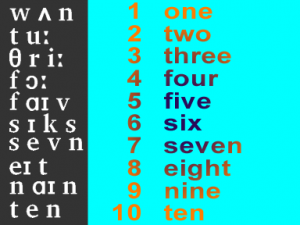
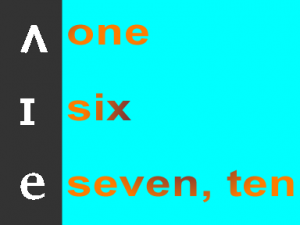
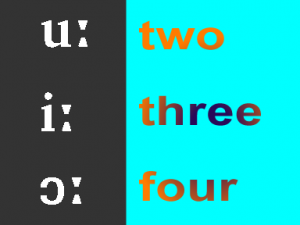
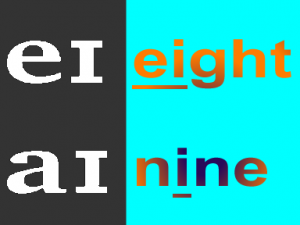

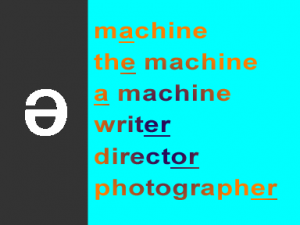

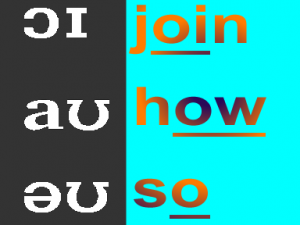
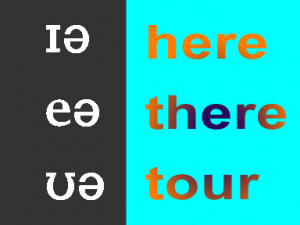
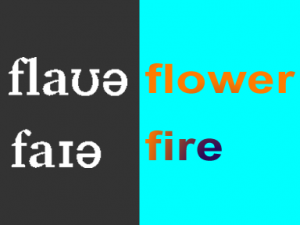
This contents are very interesting for people that study English Language. My congratulations for authors this work!